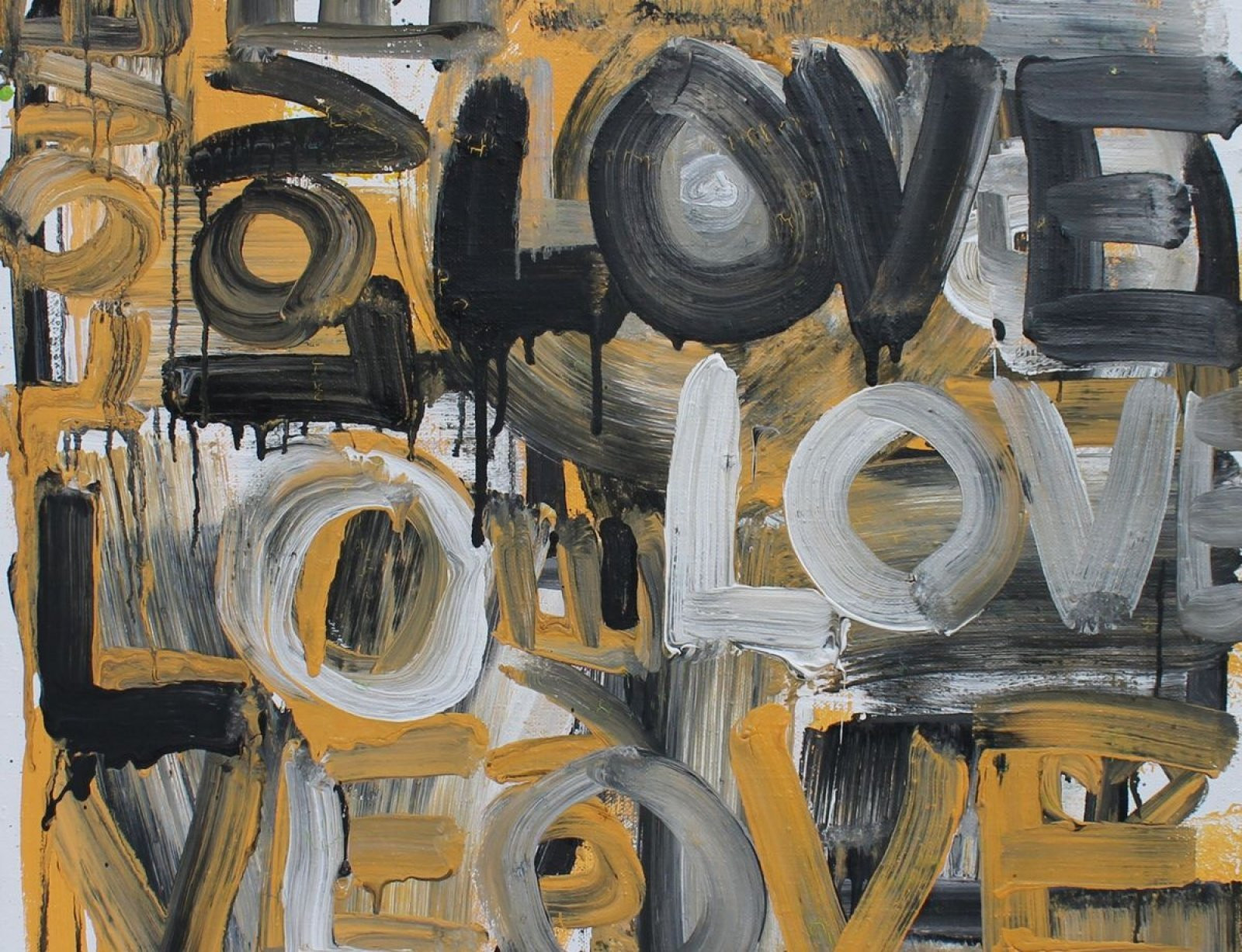

The cost of some paintings causes heated discussions among people unfamiliar with the realities of the art market. Sometimes even professional artists need help understanding why a technically simple work attracts the attention of collectors while worthy and interesting paintings are not paid attention to. The art market is formed not only by works of art but also by the creators' personalities and services related to the promotion of their brands. This complex system of relationships between different market participants determines the criteria that affect the prices of paintings.
Artistic and aesthetic value
Any work of art is included in the general cultural tradition, where everything is built on the principle of continuity. At the beginning of their career, artists learn to imitate the masters of the past and use their achievements. But the primary goal of training is not to copy the generally accepted styles and manners of painting, but to reach a fundamentally new level, to create unique works that can develop the tradition. The higher the originality of the canvas, the more valuable it is. By buying a Picasso painting of the Cubist period, the collector becomes the owner of a masterpiece that has become part of history. After all, it was this canvas, which embodied the "new art" at the beginning of the twentieth century, that once amazed viewers looked at.
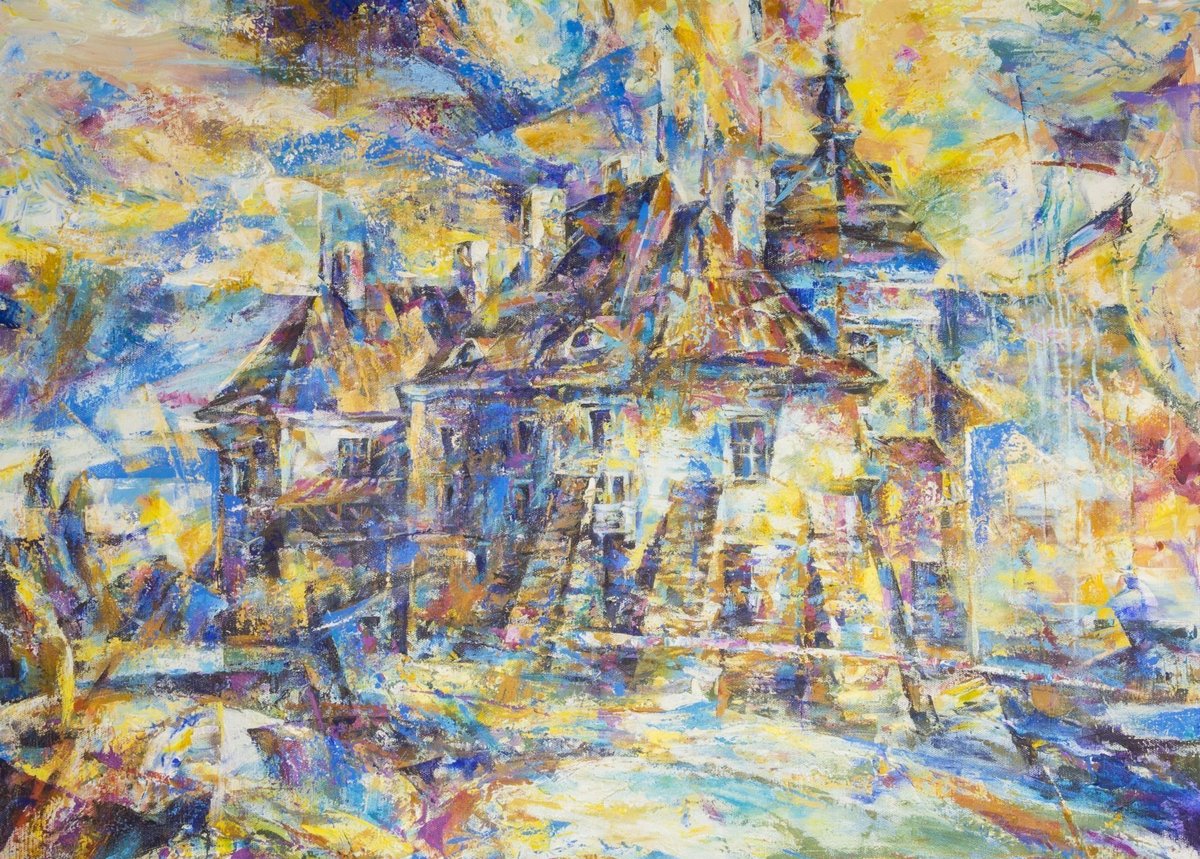
Serhii Verenych, painting "Between heaven and earth", ID 9826
Not all works involved in history are valued equally. For example, an oil painting, painted in one copy, is more expensive than a lithograph or etching because the print can be printed in large numbers, where each picture will be only a copy. However, you can still determine the order of copies by the number. When evaluating the work, attention is also paid to material and technical characteristics: size, cost of canvas and paints, technical complexity, quality of detail, genre, and plot originality. Famous artists often prefer exotic materials to enhance the authenticity of their work. For example, Damien Hirst regularly uses dead flies and butterflies to create paintings on the theme of life and death.
Provenance
The history of the work began to receive due attention at the end of the last century. Before that, historians often paid attention to this issue purely from scientific interest. The primary source of information about the fate of the canvas is recorded after World War II during the inventory of museum collections. But it is rare to trace the entire work path for several hundred years. Historians must raise archives, search for information about the former owners, and work closely with art historians. A mysterious story with shocking details significantly increases the value of the work. Thefts, dramas in the fate of the former owners, and decades of oblivion usually become part of the interest for collectors' provenance. Now scandals can be added to this list.
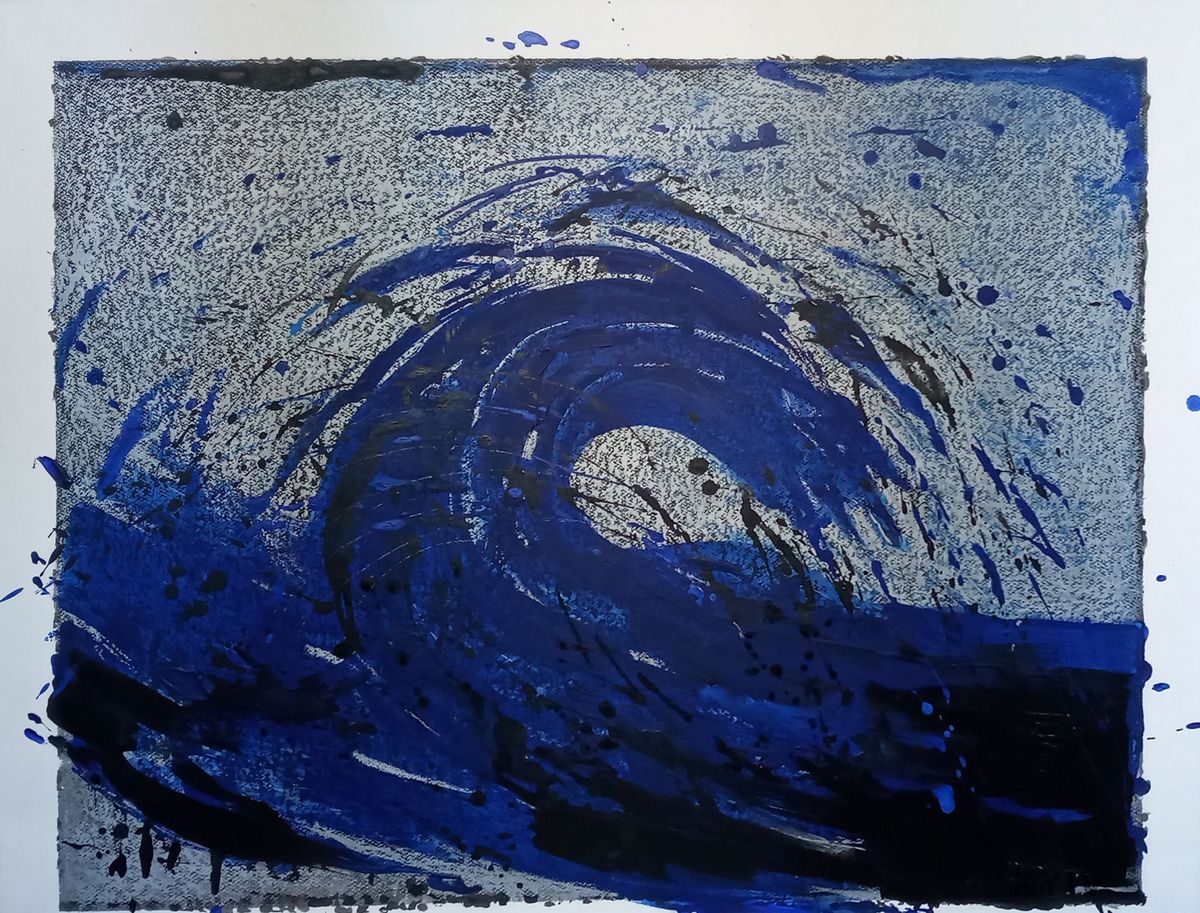
Oleksii Zheltonogov, painting "Wave", ID 13299
In 2006, billionaire Steve Wynn accidentally pierced the painting "Dream" by Picasso with his elbow while demonstrating it to the buyer. He bought the canvas five years earlier for $60 million. The artwork was removed from the auction and sent for restoration, but the story with the damage only increased its value. Seven years after the incident, "Dream" was bought for $155 million. Vincent van Gogh's "Portrait of Dr. Gachet" also boasts a scandalous transaction. In 1990, Japanese businessman Rei Saito purchased the masterpiece for $82.5 million and promised to have it cremated with his body after his death. Fortunately, this did not happen, and six years later, the painting was resold to an international investment fund.
The influence of the provenance on the value of art objects can also be judged by the actions of the German authorities in the 30s and 40s. The researcher Uwe Fleckner wrote about this in his essay "Vicious sale: the contradiction of provenance in the Third Reich." When it was necessary to sell something from the museum collection, the history of the work's origin was falsified to increase the market price. Today it has become more challenging to engage in such fraud. Computerization and the speed of information exchange in the network have greatly simplified verifying false data. In addition, there are guides such as Breton Frederiksen's "provenance index."
The personality of the author of the picture
The author of a work of art is inextricably linked to his creation. The work bears the imprint of the master's genius and demonstrates his view of the world in close connection with the culture he represents. Unfortunately, the author's name often becomes a symbol of the commercial success of paintings, for which investors are willing to pay fabulous sums, not interested in the work's artistic value. Reputation and popularity become a guarantee that the canvas was at least given due attention and that it was created as a work of art. Creations of deceased artists are valued higher than those of living ones. This is due to experts' consensus on the author's skill: whether his talent was recognized or not. Investing big money in the works of living artists is risky. It has yet to be determined precisely how many more paintings will be created and what their price will be in a few years.
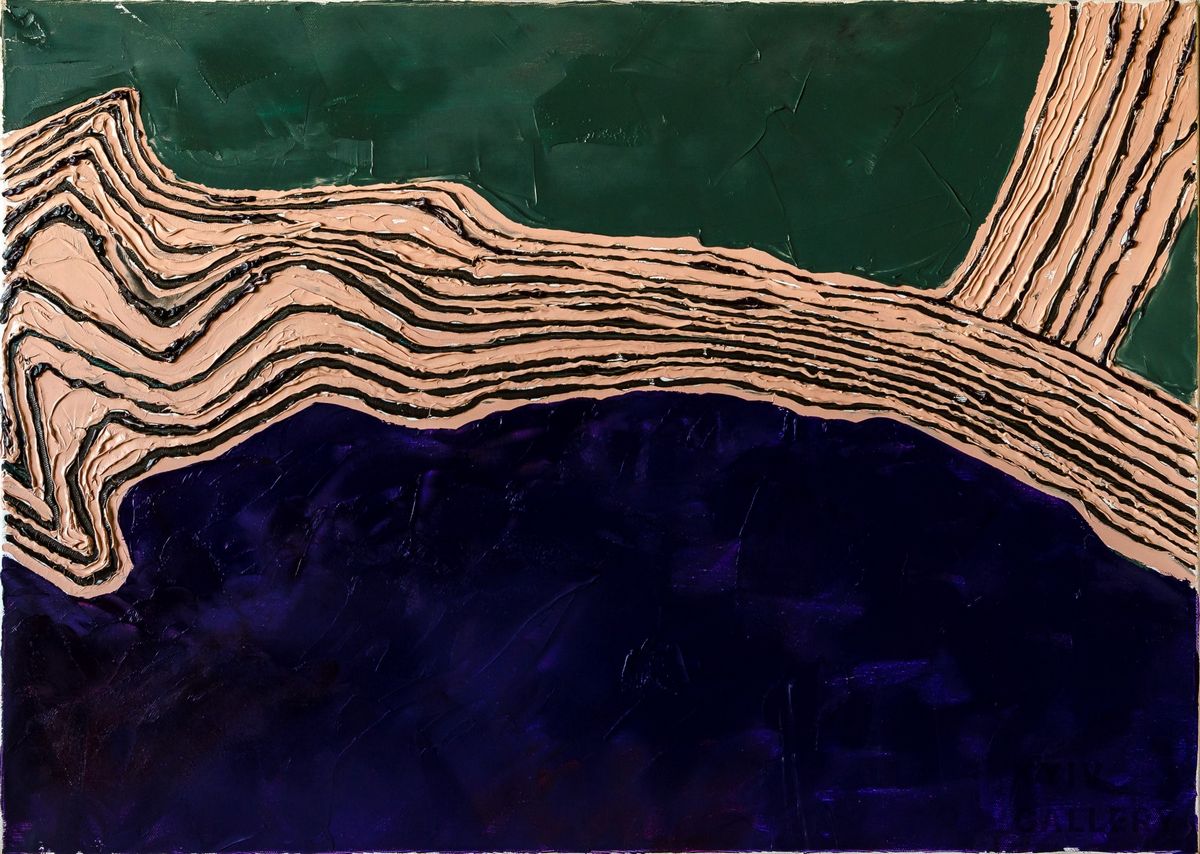
Iarema Stetsyk, painting "Yaremche. Folded", ID 13289
Sometimes there are exciting situations when authorship cannot be ultimately confirmed. In 2006, a copy of Caravaggio's "The Cheat" was sold at Sotheby's auction for £42 thousand. Later, the new owner said the work was the original and estimated it at £50 million. There was no consensus among experts about the authorship, but this did not prevent the former owner from going to court, where he spent about £6 million trying to cancel the deal. But due to the ambiguity of expert opinion, the court recognized the painting as a copy. As a result, it got to the Museum of the Order of St. John in London, where it was later designated as a creation of Caravaggio.
Expert opinion
With the help of art market participants, the artist can receive a hefty fee for his creations. Expert recognition, dealer advertising, articles in specialized publications, participation in exhibitions - all these are markers of the status of the master and his inclusion in the contemporary cultural discourse. Such a system may seem unfair, but it is based on a rational grain. Potential buyers are usually engaged in entirely different fields of activity, and art is just a pleasant hobby for them. There needs to be more time to study the market conditions and the biography of a promising artist so that formal criteria are considered. The main drawback of the system is that it creates a barrier between the viewer and art, turning the latter into a set of simulacra. Even commercially successful artists have repeatedly spoken out against this, but the protests have failed to change the situation radically. There are no alternative options for building a successful career and fruitful interaction with a broad audience.
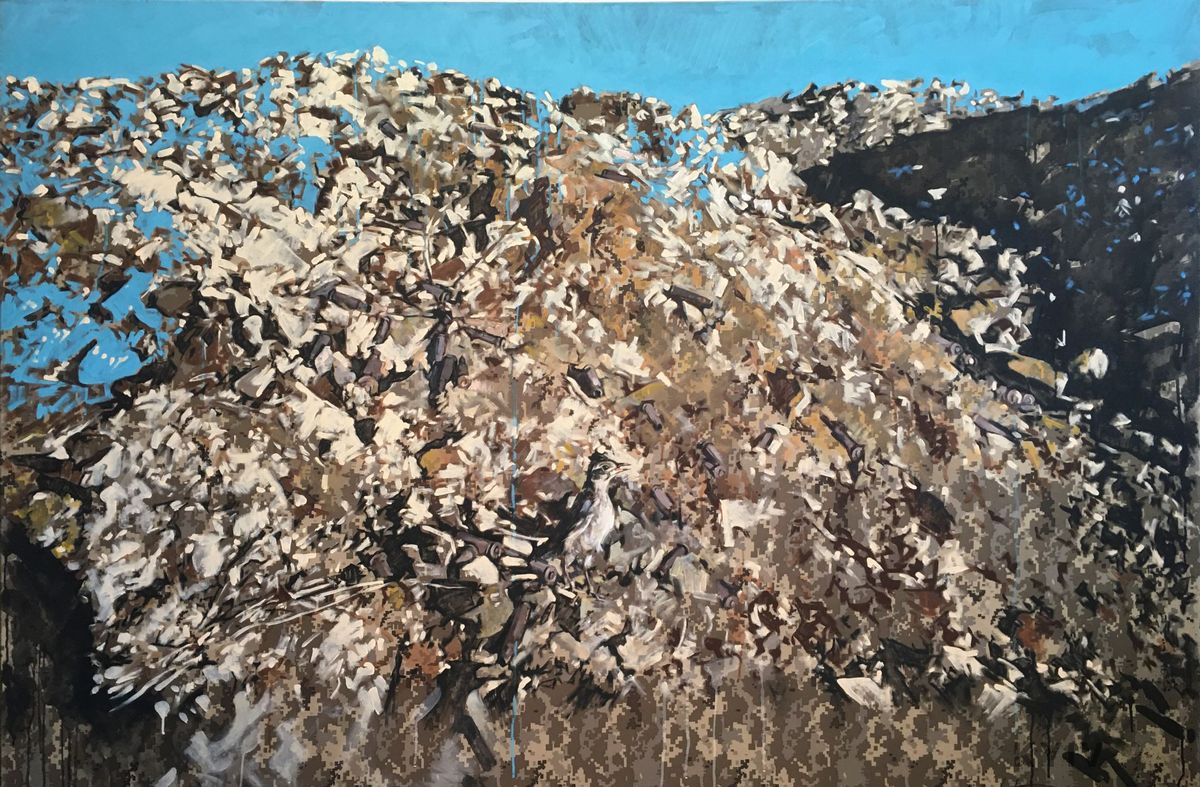
Volodymyr Padun, painting "H-Hawaii", ID 13234
Let's list once again all the factors that affect the artist's reputation and the value of his works:
1. Cooperation with the gallery.
2. Attention and positive feedback from critics.
3. Mentions in the media and specialized publications.
4. The presence of a curator who promotes the artist's brand in the market.
5. Personal and collective exhibitions.
6. Interest in creativity from museums.
7. Sale at auctions.
Cultural context
Some paintings manage to be at the epicenter of social and political events and become a symbol of the era. Examples of such art pieces are "The Death of Marat" by Jacques Louis David and "Liberty Leading the People" by Eugène Delacroix. Such works rarely appear in private collections: due to the status of cultural heritage, they are considered invaluable and are kept in museums. An example of an iconic work that came to the auction can be Banksy's triptych in the style of romanticism of the XIX century on the crisis with migrants. The refugees themselves are not visible on the canvas. Before the eyes of the viewer unfolds a terrible view of the sea coast, littered with lifebuoys. At Sotheby's auction, the triptych was sold for $2.9 million, which was later donated to the hospital in Bethlehem. Another famous example of socially significant work is the graffiti by Jean-Michel Basquiat (untitled), sold in 2017 for $110.5 million. The work draws public attention to the problem of racism, which is relevant even decades after its creation.
Building a career in the art market
Most artists want to receive reasonable fees and recognition during their lifetime. To achieve this, you must work consistently on your brand and improve your reputation in the art market. The primary condition is qualification. A good education in a prestigious university guarantees that the artist is familiar with the tradition of fine art, has basic techniques and can communicate with the viewer through artistic language. The works of self-taught artists are noticeably inferior in quality and, at best, are valued as examples of naive art.
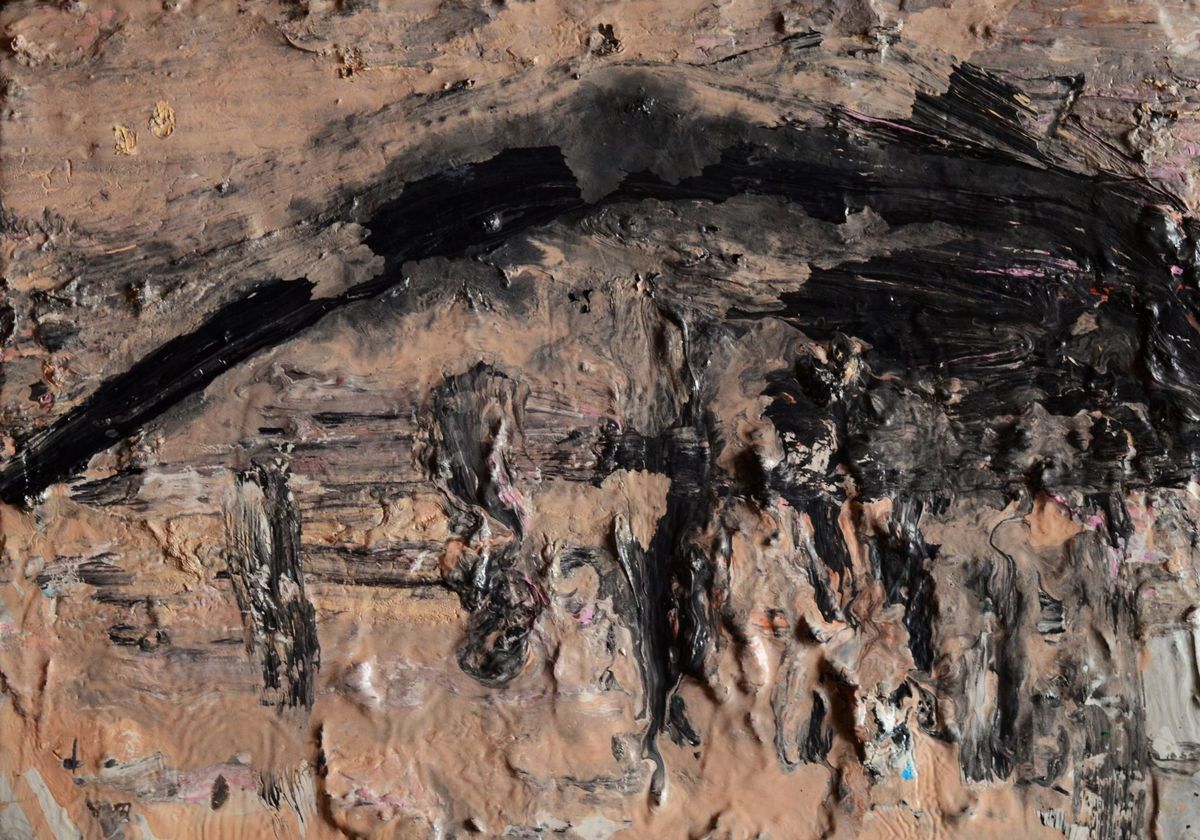
Ihor Melnyk, painting "The mountains are smoking", ID 13118
At the beginning of his career, the artist often faces financial difficulties. Funds to support young talents help to solve the problem with money. Participation in their programs allows focusing on developing talent and valuable contacts. For this purpose, you can visit art residences in Ukraine and other countries. Finding an art market participant who will be engaged in the promotion is also essential. It can be a dealer or gallery. Their financial interest in developing the artist's brand is the best incentive for practical work. Attempts of independent PR rarely give a positive result.
Participation in prestigious contests and exhibitions is another area of work. Such events attract the attention of connoisseurs of beauty, among whom there may be potential clients and experts in the field of art. A chance acquaintance can become a significant event in a creative career. The transition to the virtual space of many areas of our lives has given artists additional tools to promote their brands. Paying attention to your social media pages and website is essential. Exhibited digital copies of paintings should demonstrate the paintings' most minor nuances and artistic features. Working in all these areas, the artist will have the opportunity to gain recognition and financial resources for the full development of talent.
KyivGallery art critic
